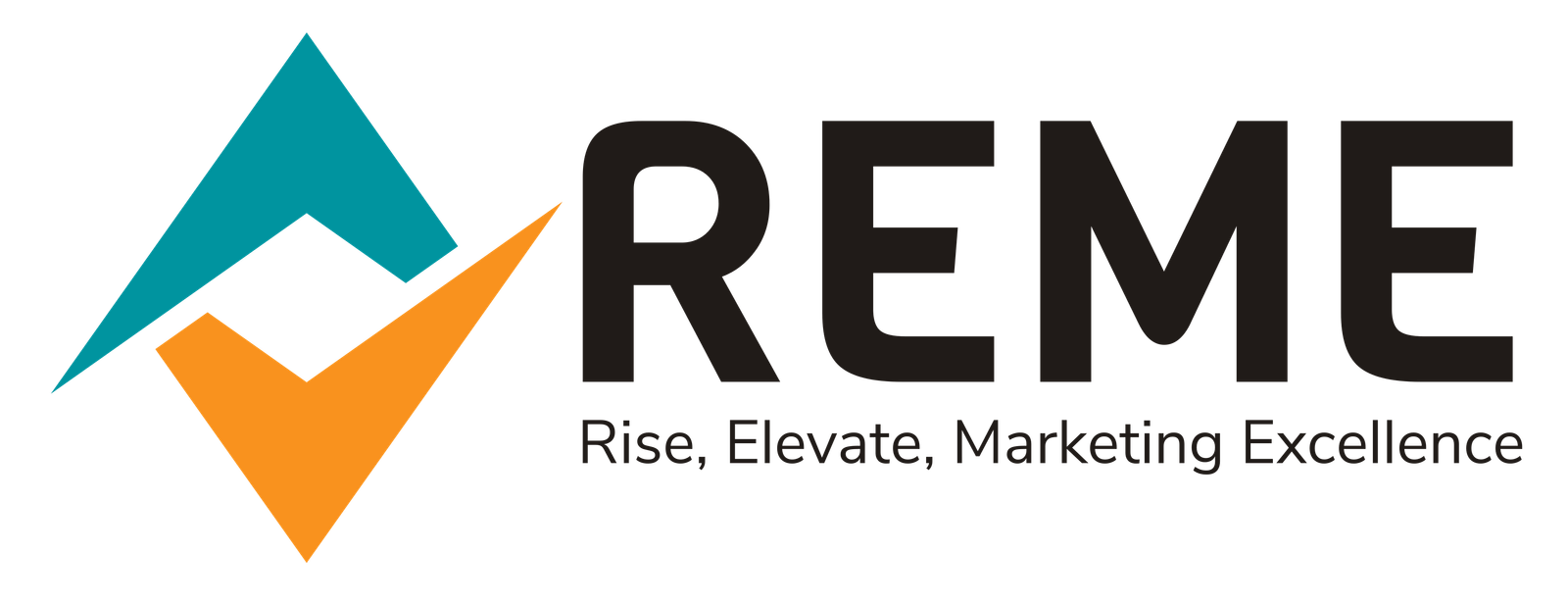Social Media Plan of Attack: Building a Winning Strategy to Boost Engagement and Growth
Introduction: In today’s fast-paced digital landscape, a strong social media presence is essential for any brand looking to thrive. But with so many platforms and evolving trends, creating a structured, results-driven social media plan can be overwhelming. Whether you’re a business owner, marketer, or social media manager, this “plan of attack” will guide you in crafting a successful strategy that aligns with your goals and engages your target audience.
1. Define Clear Objectives
Start with SMART Goals
Your social media goals should be Specific, Measurable, Achievable, Relevant, and Time-bound (SMART). Common objectives include:
- Increasing brand awareness
- Driving website traffic
- Generating leads
- Boosting engagement
- Growing followers on specific platforms
Example: “Increase Instagram engagement rate by 15% over the next three months.”
2. Know Your Audience
To tailor your content effectively, you need to understand who your audience is. Conduct market research, analyze demographic data, and develop audience personas. Identify:
- Age, gender, and location
- Interests and preferences
- Common challenges and pain points
Pro Tip: Use tools like Google Analytics, Facebook Insights, and Instagram Insights to gather this data.
3. Choose the Right Platforms
Focus on the platforms that align with your audience demographics and your brand’s strengths. Here’s a quick breakdown:
- Facebook: Broad demographics, great for ads
- Instagram: Visual-driven, ideal for lifestyle and e-commerce brands
- LinkedIn: B2B connections, professional content
- TikTok: Short-form video content, popular with Gen Z and Millennials
4. Content Planning and Creation
A strong content strategy is the heart of your social media plan. Here’s a basic structure:
- Content Pillars: Identify 3-5 core themes that resonate with your brand and audience, such as educational content, behind-the-scenes, or user-generated content.
- Post Types: Mix up post formats (videos, images, carousels, stories) to keep your content fresh and engaging.
- Content Calendar: Plan posts in advance using a content calendar to ensure consistency. Schedule daily, weekly, or monthly based on your goals and resources.
Tool Recommendations: Try content management tools like Buffer, Hootsuite, or Later to organize and schedule your posts.
5. Engage with Your Audience
Engagement is key to growing a loyal social media following. Remember, it’s not just about posting content but fostering two-way communication. Respond to comments, messages, and mentions promptly.
- Encourage User-Generated Content: Run campaigns that invite followers to create content about your brand.
- Run Polls and Q&A Sessions: Increase engagement by asking questions or hosting live Q&A sessions.
- Build Community: Join and contribute to groups, forums, or industry communities on platforms like LinkedIn and Facebook.
6. Leverage Paid Advertising
Organic reach can be limited, especially for newer accounts. Paid ads can help you reach a larger, targeted audience. Key considerations:
- Define Ad Objectives: Choose between objectives like engagement, traffic, or conversions.
- Target Specific Audiences: Use advanced targeting features (age, location, interests) to reach your ideal customers.
- Test and Analyze: Experiment with ad formats (image ads, carousel ads, video ads) and refine based on results.
7. Monitor Analytics and Adjust
Tracking performance is crucial for optimizing your social media strategy. Monitor key metrics like:
- Reach and Impressions
- Engagement Rate (likes, comments, shares)
- Follower Growth Rate
- Conversion Rate (if applicable)
Use Analytics Tools: Each platform has built-in analytics (e.g., Facebook Insights, Instagram Analytics). For multi-platform tracking, tools like Sprout Social or Google Analytics can be helpful.
8. Refine and Evolve Your Strategy
Social media is constantly evolving, and so should your strategy. Review analytics regularly to identify trends and areas for improvement. Stay updated on platform changes, new features, and emerging trends to keep your approach fresh.
Conclusion: A well-thought-out social media plan of attack helps build brand awareness, grow engagement, and connect with your audience on a deeper level. By following these steps and continuously refining your approach, you can build a dynamic social media presence that supports your broader business goals.
Tags:
- #SocialMediaStrategy
- #DigitalMarketing
- #SocialMediaTips
- #ContentCreation
- #AudienceEngagement
- #BrandAwareness
- #MarketingPlan
- #SocialMediaAnalytics
- #PaidAdvertising
- #ContentCalendar







Reviews
There are no reviews yet.